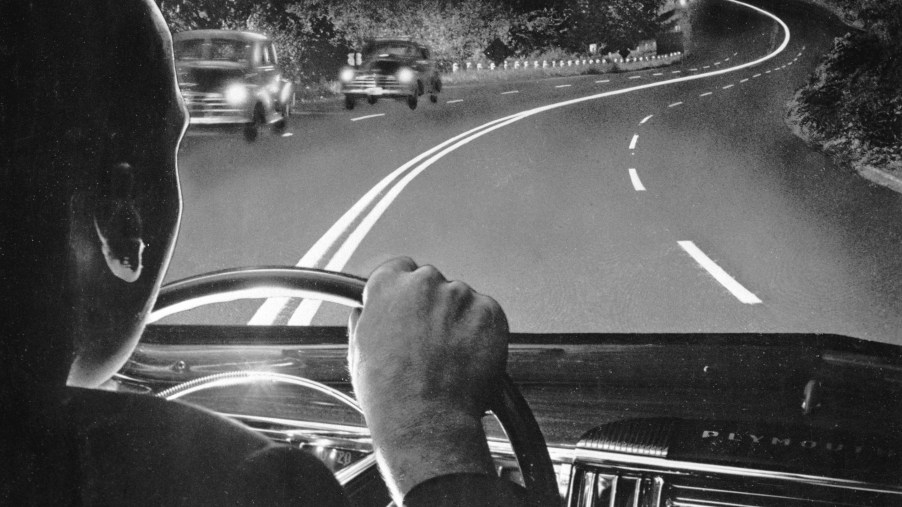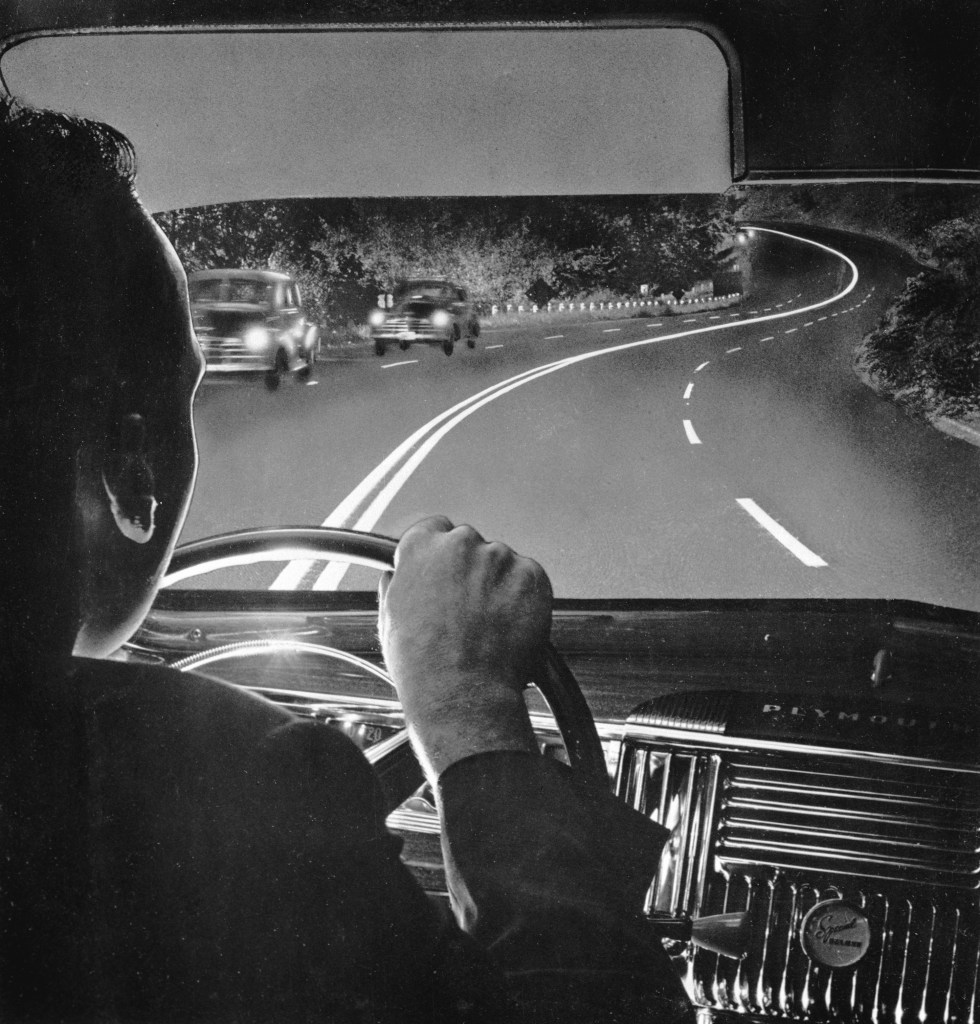
The Danger Zone of Highway Hypnosis
If you’ve ever been driving and felt like you zoned out wondering where the last several miles went, you have experienced something called highway hypnosis. Highway hypnosis and driver fatigue are driving concerns commonly mistaken for each other but are actually very different.

Highway hypnosis and driver fatigue are serious issues that even the most experienced drivers can easily fall into without realizing it. They both can be a result of driving for long periods without stopping. You might also have heard these terms used interchangeably, but its essential to understand the differences. Staying alert and focused when driving is an essential safety measure.
The Danger Zone of Highway Hypnosis
Highway Hypnosis, also known as white line fever, is a form of “automaticity” where a person can perform a familiar routine task without having any memory of doing so. In theory, when a driver is driving for an extended amount of time, the driver goes into a trance-like state while still responding to road traffic around them. In most cases, the driver does not recall how they got to where they are or does not remember driving to a specific destination.
Driver fatigue, also known as sleep-deprived driving or drowsy driving, is when the driver of a vehicle is behind the wheel is experiencing a lack of sleep. Some symptoms that a driver in this state might experience could be frequent yawning, slow reaction times, driving speeds either goes too fast or too slow, daydreaming, not being concentrated on the road, etc. Driver fatigue is much closer to drunk driving than highway hypnosis. This can be very dangerous, not just for the driver, but for everyone on the road.
How are drunk driving and driver fatigue are similar
Drunk driving and driver fatigue have more in common than you may think. They both share drowsiness and an increased likelihood of becoming incoherent. When an intoxicated driver decides to get on the road, they have slow response times and are not focused. These same symptoms show up in cases of driver fatigue.
How to prevent highway hypnosis and driver fatigue
Some ways to prevent these occurrences from happening if you have a long road trip would include getting to sleep early the night before and waking up at a consistent time. Getting at least eight hours of sleep each night is an excellent preventative. Another way could be having a friend ride along to keep you in check to make sure that you are awake and ready to keep driving. Drivers and passengers could have a schedule switching out anytime the one who is driving is feeling not well, or sleepy.
Highway hypnosis and driver fatigue are problems that Americans experience every day, and that can be avoided by doing simple tasks such as not going to sleep late at night. These occurrences can be hazardous for everyone on the road, so taking precautions to minimize the chance of this happening is an important part of driver safety.


